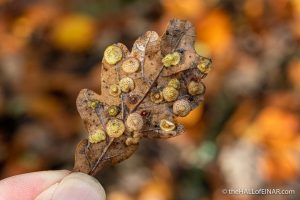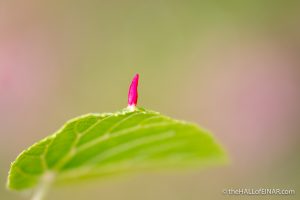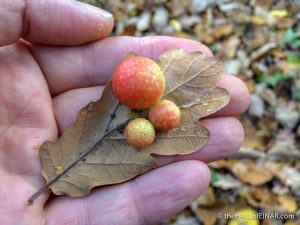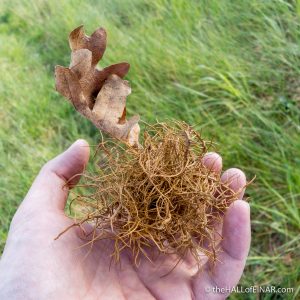Have you seen my peduncle?
What’s the most common tree in England? It’s a native which has been here since the last great Ice Age. It’s been spread by Jays and Squirrels across what is now the English Channel, by a short Red Squirrel hop or bird flight, over thousands of years. It’s the English Oak, Quercus robur, also known as the Pedunculate Oak.
English Oaks take 40 years to produce their first acorns and don’t reach ‘peak acorn’ until they are 100 years old. I love to imagine their creeping colonisation of our countryside, with their acorns germinating, first leaves unfurling, and reaching for the light. I think of their trunks expanding, weighty boughs stretching and their leaves unfurling every spring and falling every autumn in an endless cycle of growth and glorious profusion of colour.
It’s taken thousands of years for them to spread and only a few hundred for people to chop almost all of them down again and kill all the life which sheltered within them in our native forests.
Many people are sad about the recent loss of many of our wildflower meadows. Meadows in Britain are man-made artificial environments. They are what is left after our Oak trees have been felled. The word field means ‘felled’. A field is literally where all the trees have been felled. How can we criticise the destruction of tropical rainforest when we’ve destroyed the vast majority of our own temperate rainforest?
With every English Oak tree comes the animals and plants which rely on it. There are hundreds of species of insects adapted to only living on English Oak trees. One of them is the Knopper Gall Wasp, Andricus quercuscalicis. It lives inside the galls which distort the acorns.
Here’s one in The Regent’s Park together with an unaffected acorn for comparison:

Why is the English Oak called the Pedunculate Oak? It’s because its acorns grow on stalks, called peduncles. That’s quite some peduncle, isn’t it?
More Galls
 Spangle Galls This fallen oak leaf is covered in galls. They look like they're caused by Neuroterus quercusbaccarum, which has injected eggs… read more
Spangle Galls This fallen oak leaf is covered in galls. They look like they're caused by Neuroterus quercusbaccarum, which has injected eggs… read more Lime Nail Galls Those look like Lime trees. I'm not sure though. They're in the grounds of Forde House, a luxury Jacobean manor… read more
Lime Nail Galls Those look like Lime trees. I'm not sure though. They're in the grounds of Forde House, a luxury Jacobean manor… read more Cherries on an Oak There are Cherry Galls, Cynips quercusfolii, on this fallen Oak leaf. Inside each are tiny wasp larvae, protected by the Oak's… read more
Cherries on an Oak There are Cherry Galls, Cynips quercusfolii, on this fallen Oak leaf. Inside each are tiny wasp larvae, protected by the Oak's… read more A fortress on the stalk of a leaf It doesn't look like much. After all, it's just a bulge on a stalk of a leaf, scattered on the… read more
A fortress on the stalk of a leaf It doesn't look like much. After all, it's just a bulge on a stalk of a leaf, scattered on the… read more Cherries growing on Oak trees There are Cherry Galls, Cynips quercusfolii, on the fallen Oak leaves here in Bridford Wood. They are the tree's defensive… read more
Cherries growing on Oak trees There are Cherry Galls, Cynips quercusfolii, on the fallen Oak leaves here in Bridford Wood. They are the tree's defensive… read more Spangles It's forty years since I first saw and photographed spangle galls on an oak tree. I noted it down in… read more
Spangles It's forty years since I first saw and photographed spangle galls on an oak tree. I noted it down in… read more Robin’s Pincushions on Wild Roses The ability of life to survive in the harshest of climates is remarkable. We're walking at 1,500m above sea level… read more
Robin’s Pincushions on Wild Roses The ability of life to survive in the harshest of climates is remarkable. We're walking at 1,500m above sea level… read more